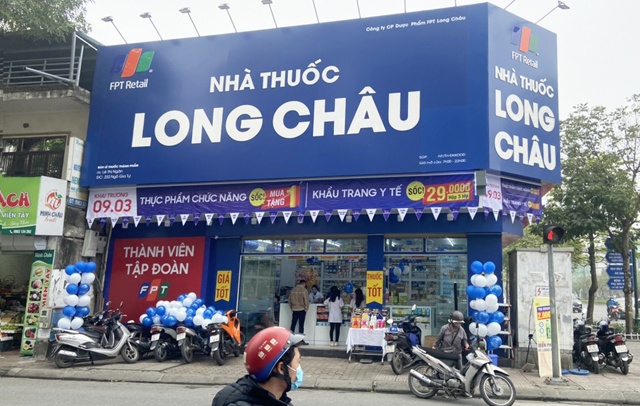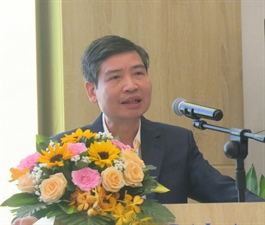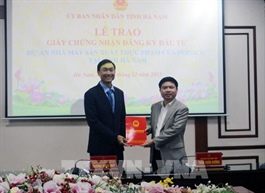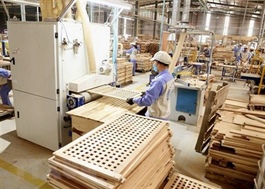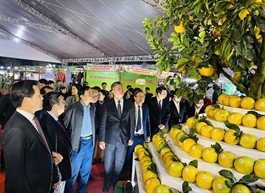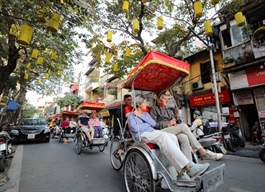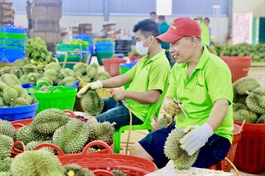Realising LNG goals require resolutions
Realising LNG goals require resolutions
Current obstacles in liquefied natural gas import costs and electricity selling prices mean it will be difficult for Vietnam to achieve its set targets for gas power capacity.
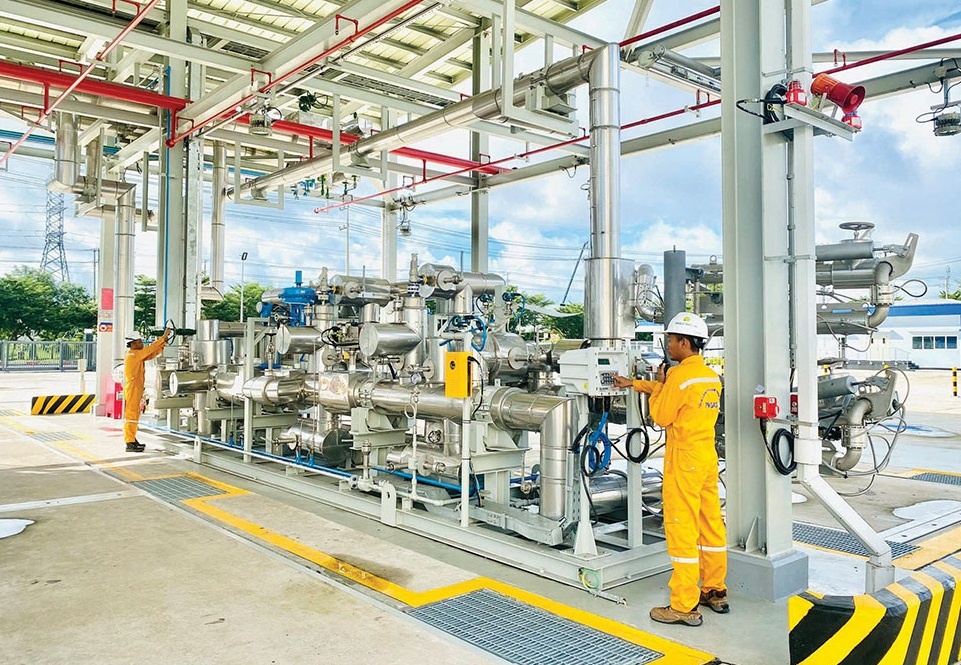
The Thi Vai liquefied natural gas (LNG) terminal, which was built in 2019 and costs $300 million, was put into operation in October 2023 as Vietnam’s first complex for such imported goods, with a total storage capacity equivalent to one million tonnes of LNG per year, meeting one-quarter of total demand
However, at last week’s roundtable on LNG power development in Vietnam, Nguyen Quoc Thap, chairman of the Vietnam Petroleum Association (VPA) claimed that while investment in LNG import infrastructure is following progress, funding in power plants is too slow.
“As of date, no factory has started construction yet,” he said. “The progress is still questionable due to hundreds of reasons, and the time of test runs as outlined for early 2024 is quite risky.”
Dinh Trong Thinh, an expert from the Academy of Finance, said that wind power and solar power have been widely exploited. However, the production cost of wind and solar power is still high and unstable over time and season.
“Developing gas thermal power, both from natural and LNG, is the main direction because gas power sources can run in the background, start up quickly, and swiftly supply electricity to the national power system when renewable energy sources reduce its generation,” Thinh said, adding that LNG produces 40 per cent fewer CO2 emissions than coal and 30 per cent less than oil during the burn.
Nguyen Thanh Son, an independent expert, said that the role of gas thermal power is to regulate the power system. So the problem is that a gas thermal power plant only operates for about 2,000-3,000 hours per year, and cannot meet the return on investment.
“Natural gas itself is cheap, but LNG is expensive due to high technologies. A lot of energy will be spent in the process of compressing gas, along with transportation and insurance costs, while the purchasing power of electricity of the Vietnamese economy is low,” Son said. “Price and output are the most decisive factors in luring businesses into this field. For synchronous development, policy mechanisms are needed for LNG development.”
The Power Development Plan VIII (PDP8) has set a target that by 2030, total gas power capacity using imported LNG will account for around 15 per cent of the country’s total power source capacity. Building a gas power plant in line with the process of selecting investors, preparing feasibility study approval, negotiating power purchase contracts, proposing loans, and implementing engineering, procurement, and construction contracts may take 7-8 years.
“If these challenges in LNG development are not resolved soon, the goals will be difficult to realise and will affect the goal of transition and ensuring national energy security,” Son added.
Thap from the VPA noted that the current biggest barrier for LNG power plants is still the high cost of production, and the input fuel depends entirely on imports. Therefore, plants have to be run at base load to have more reasonable and acceptable electricity prices.
“However, there is currently no power generation price framework for LNG power projects, so producers and buyers do not know how to negotiate,” Thap said. “If we only look at the world price of LNG in recent times, sometimes up to $30-40 per million BTU, the power price from LNG gas power will be much higher than the retail price of Vietnam Electricity (EVN) to electricity consumers.”
Experts and businesses related to such projects said if the LNG power plants sell electricity at 8-9 US cents per kWh, the input LNG cost must be around $12 per million BTU. If the LNG purchasing price reaches $40-50 per million BTU, the electricity price cannot be less than 20 US cents per kWh - a level that EVN cannot buy anytime soon.
Other issues being thoroughly considered include commitments on foreign currency conversion, ensuring payment obligations to EVN, compensation for damages upon termination of power purchase agreements (PPA), converting LNG prices to electricity selling prices, and off-take of electricity output.
The PDP8 points out the aim to build 13 additional LNG power plants by 2030 with a total capacity of 22,400MW and two plants with capacity of 3,000MW by 2035. To date, the 13 LNG power plants have in-principle approval and, of these five are under construction and four have investors.
Particularly, the deployment of LNG Nhon Trach 3 and 4 from PetroVietnam Power Corporation (PV Power) and LNG Bac Lieu by Delta Offshore Energy have been struggling. Progress is slow despite receiving investment certificates several years ago, mainly due to negotiations on electricity selling prices and PPAs with EVN.
Moreover, developers are also struggling with mobilising capital for projects because there are high loan costs and no government guarantee, depending on the type of PPA.
Nguyen Huy Hoach, an expert from the Vietnam Energy Association raised solutions to enhance the performance of LNG projects. Firstly, the price of imported LNG cost is about up to 1.5 times higher than the domestic gas price from current gas fields in Cuu Long, Nam Con Son, and Malai-Tho Chu. “To manage imported LNG prices, we need the supportive role of the government, the diplomatic agencies, and relevant authorities in finding and cooperating with suitable exporters, ensuring stable prices in the long term,” Hoach said.
Secondly, LNG projects are complex chains and with large enough warehouse scale, will reduce costs per unit of LNG and take advantage of port infrastructure. “A project should have four machine units with a total capacity of 3,000MW at least to reach economic effectiveness. If a project has two units only and delays the progress of the next units, its performance will be poor,” Hoach said.
He also highlighted the need for regulations on minimum gas-electricity consumption output to ensure a return on investment for investors and the feasibility of the project.
“The mechanism to transfer gas prices to electricity prices will be the basis for determining effectiveness and for credit institutions to arrange loans. However, this raises the risks for electricity buyers when LNG prices rise higher,” he said.







